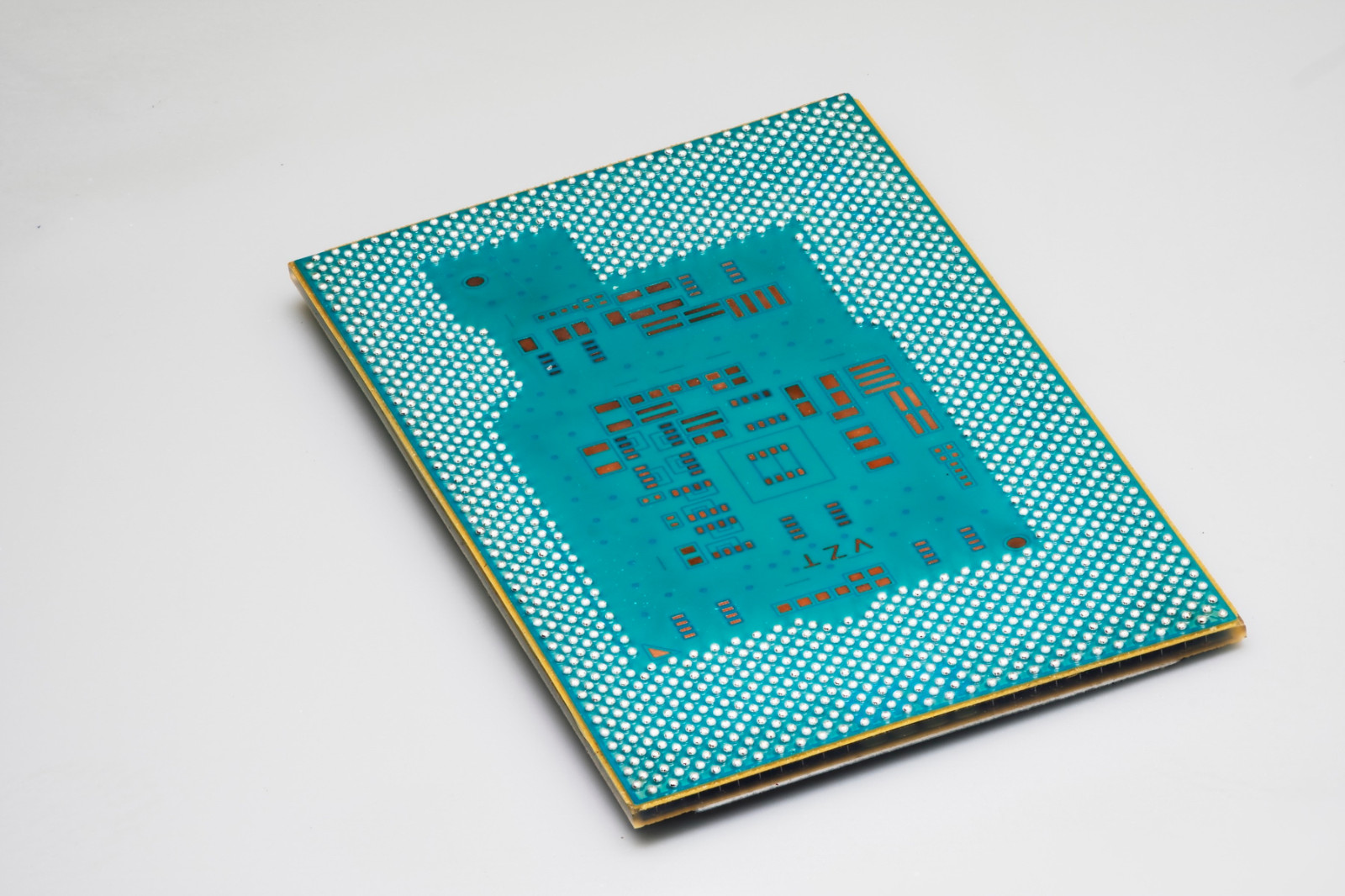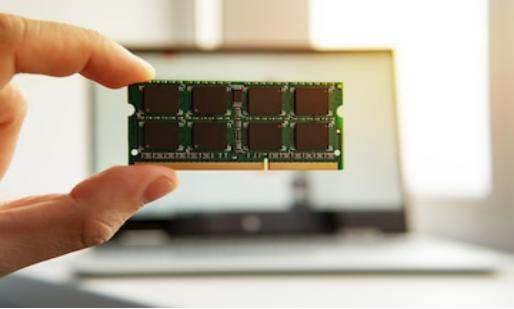New Chapter in Semiconductors: Glass Substrates and TGV Technology

As artificial intelligence rapidly develops and the demand for computing power continues to soar, the semiconductor industry is facing new challenges and opportunities. Against this backdrop, advanced packaging technology has become a key force driving the industry's development. Particularly in the context of the slowing down of process node miniaturization, advanced packaging technology provides chips with higher computing power, lower latency, and greater bandwidth, emerging as an important direction for industry development.
Glass substrate technology, with its excellent mechanical, physical, and optical properties, has become the forefront of research for silicon substrate replacement materials. The TGV technology, which complements TSV technology, is also gradually becoming a focus of research.
Advantages and Challenges of TGV Technology
TGV technology, or Through Glass Via technology, can effectively compensate for the shortcomings of TSV technology. While TSV technology plays an important role in 2.5D and 3D packaging, its high process cost and signal integrity issues limit its further development. In contrast, TGV technology leverages the characteristics of glass materials to achieve a lower loss factor, reduce substrate loss and parasitic effects, and enhance the integrity of signal transmission. Moreover, TGV technology is simpler in process and lower in cost, and is expected to be widely applied in millimeter wave antennas, RF front ends, chip interconnections, 2.5/3D packaging, and other fields.
However, the implementation of TGV technology faces challenges in via hole formation technology. The speed, precision, and verticality of hole formation technology are extremely demanding. Currently feasible hole formation methods include sandblasting, mechanical methods, photo-sensitive glass methods, focused discharge methods, plasma etching, laser ablation, electrochemical discharge machining, and laser-induced etching methods. Each method has its limitations, and choosing the appropriate hole formation technology is key to the development of TGV technology.
Innovative Practices by Domestic Enterprises
Domestic enterprises have made significant progress in TGV technology. For example, Senmaru Electronics uses a laser-modified wet chemical process that not only achieves high-density spacing and small size non-destructive hole formation but also ensures complete filling of micro-holes. The equipment launched by Dir Laser demonstrates the potential of laser technology in TGV hole formation through a method of laser-induced modification and chemical etching.
These innovations have not only promoted the development of TGV technology but also won a place for the domestic semiconductor industry in international competition. With the continuous advancement of technology and the growth of market demand, TGV technology is expected to achieve mass production in the next few years and play an important role in the field of semiconductor packaging.
Future Outlook
According to industry forecasts, glass substrates are expected to achieve mass production by 2026. This marks a new stage of development for glass substrate technology. However, mass production is just the beginning; after mass production of glass substrates, it is necessary to continuously improve the combination of packaging technology related to TGV, and to verify the cost and yield to establish an important position in the next generation of advanced chip manufacturing.
As the technology matures and the market expands, TGV technology is expected to become a new engine driving the development of the semiconductor industry. It will not only meet the growing demand for computing power but also bring a broader market space and more innovative opportunities to the semiconductor industry. In this new era led by glass substrate technology, we look forward to witnessing another leap in the semiconductor industry.

Recommended IC Models
Finally, several recently popular integrated circuits (ICs) are briefly introduced.
● The HI-8787PQI is an Integrated circuit produced by Holt Integrated Circuits that combines logic and line drivers in analog/digital CMOS technology for use primarily in the avionics data communication field.
● SPF-5122Z is an LNA manufactured by Holt Integrated Circuits that is designed for avionics and industrial applications to provide high performance data communication capabilities and is ideal for avionics data communication and serial data conversion.
● The AO3407A is a Diodes MOSFET with low on-resistance and fast switching characteristics for high efficiency power conversion and motor drive applications.
● TPS2372-4RGWR is a Power over Ethernet (PoE) Powered Device (PD) interface controller manufactured by Texas Instruments. It is a highly integrated synchronous rectifier and load switch designed to increase the efficiency and flexibility of power systems.









